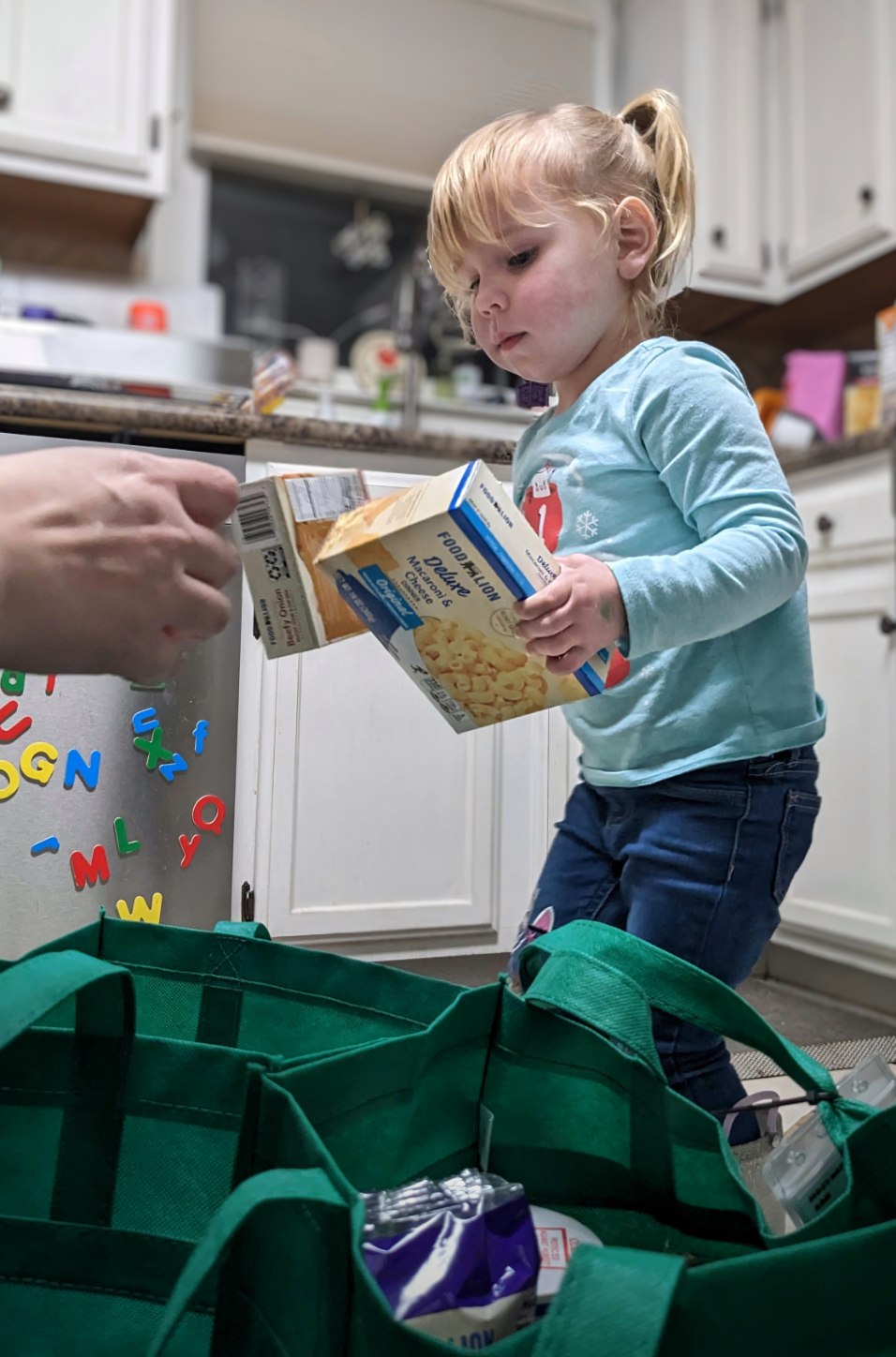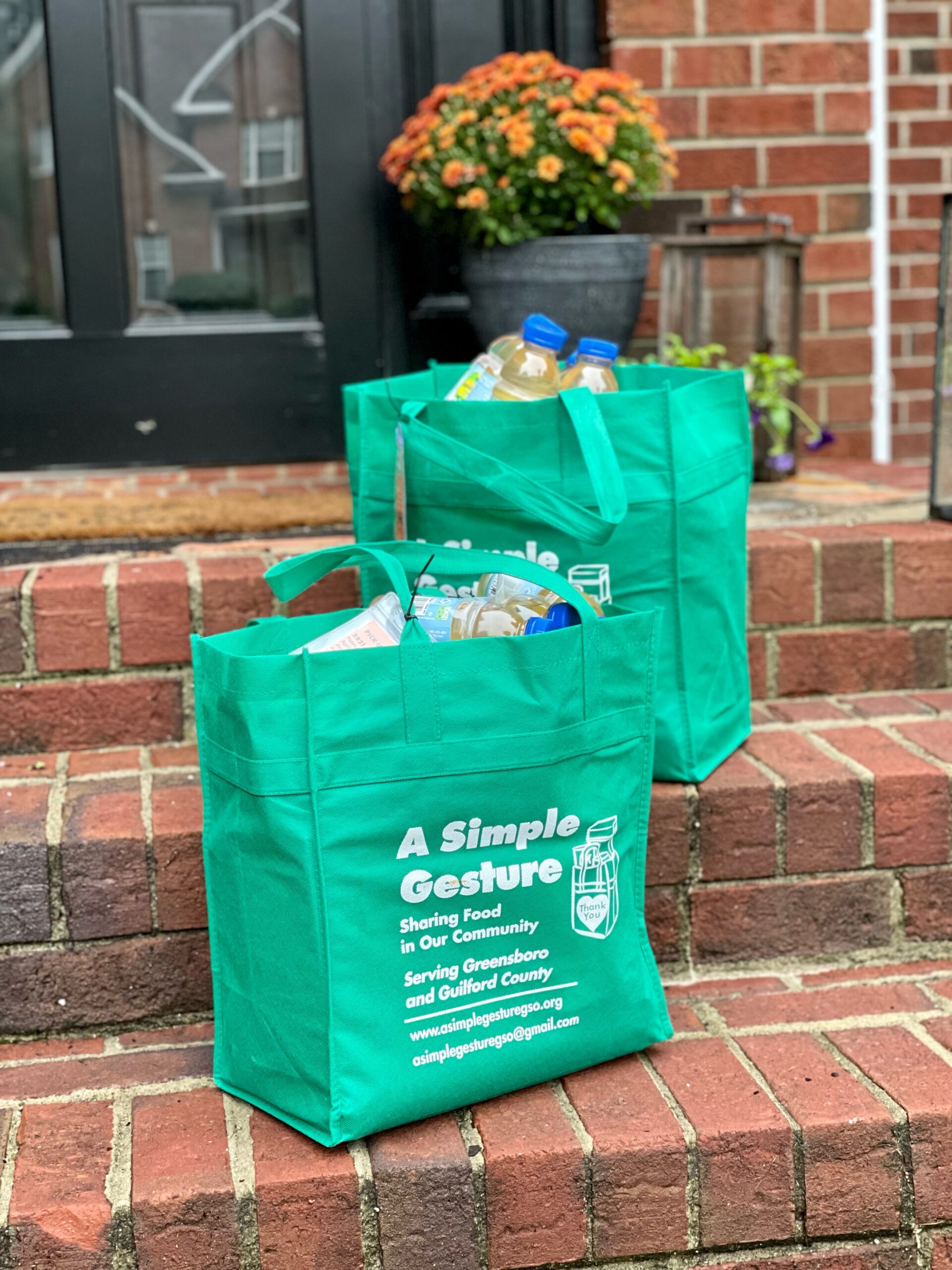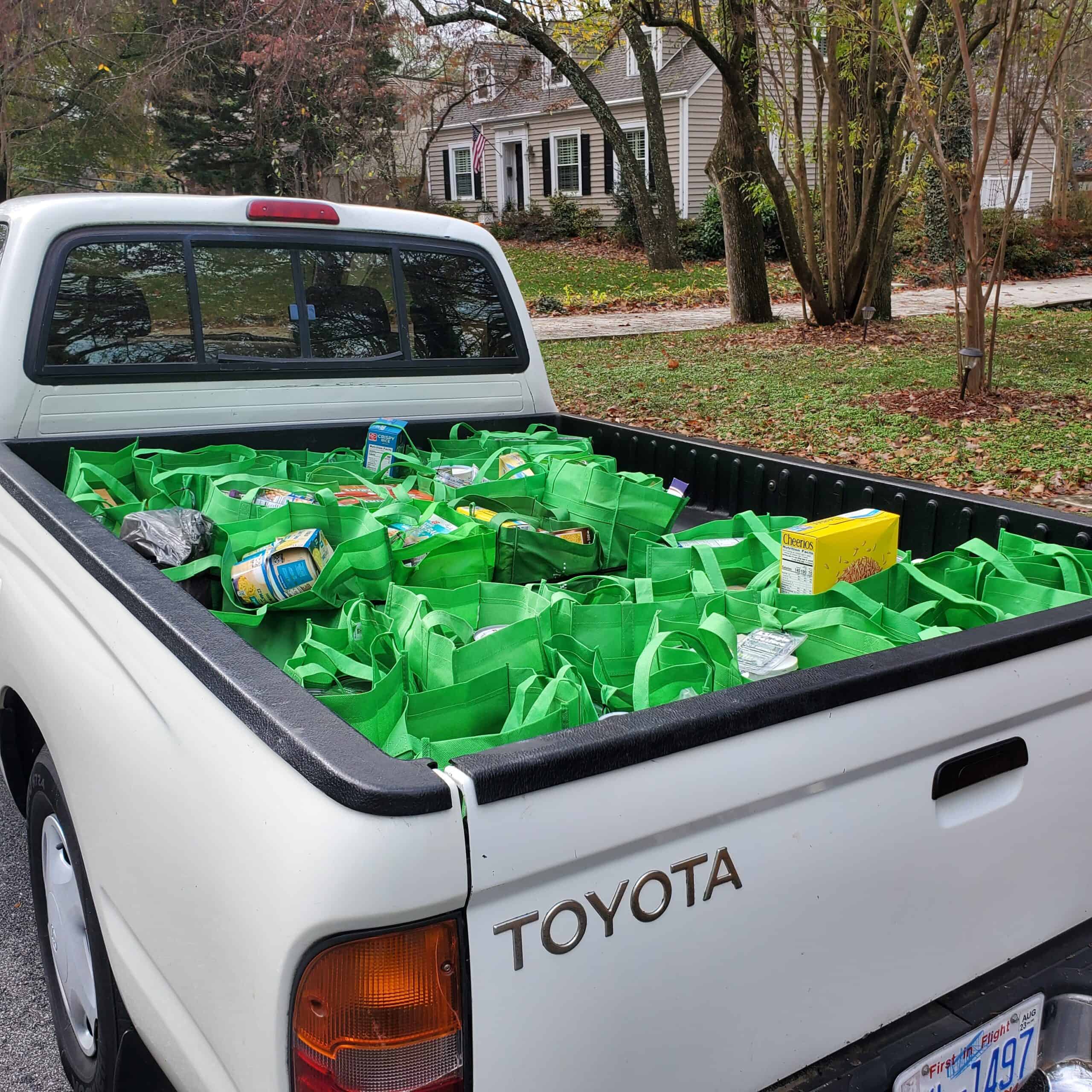June Is Hunger Awareness Month: Take Our Quick Quiz!
By Guest Blogger Leslie Loyd Isakoff, President & COO, A Simple Gesture
Many of us have participated in food drives or donated to local food pantries. But where does that food go? And who actually needs it?

June is Hunger Awareness Month. Take our Hunger Awareness Quiz to learn more about the state of hunger in our area.
In 2015, the Greensboro/High Point metro area held which spot on the list of hungriest cities?
- #1
- #3
- #12
Answer: 1. Our area was named the hungriest metro area in the country. Local leaders and citizens were shocked that so many people didn’t have enough food.
What percentage of our food is never eaten?
- 20%-30%
- 30%-40%
- 40%-50%
Answer: 2. 30% to 40% of our food is wasted. That’s like going to the grocery store, buying five bags of food, and then leaving two of them in the parking lot.
On average over the past year, area food pantries have seen what percentage increase in requests for food?
- 14%
- 18%
- 24%
Answer: 3. While pantries report an average increase of 24%, some food pantries have seen increases up to 300%.
According to Feeding America’s Map the Meals, which county has the highest overall rate of food insecurity?
- Guilford
- Alamance
- Forsyth
Answer: 3. The percentages are close. Forsyth County has a food insecurity rate of 11.6%, Alamance County’s rate is 11.4%, and Guilford County’s is 11%. Food insecurity means that you don’t consistently have access to sufficient food to meet your daily needs.
Also according to Feeding America’s Map the Meals, which county has the highest overall rate of food insecurity for children?
- Guilford
- Alamance
- Forsyth
Answer: 1. The largest percentage of hungry children is in Guilford County, with a 17.8% food insecurity rate. Forsyth County follows with a 16.8% rate, and Alamance County has a 15.3% rate. No child should experience hunger.
How much does growing, processing, transporting, and disposing of wasted food cost the average household per year?
- $1,000
- $1,800
- $2,200
Answer: 2. Wasted food costs the average household about $1,800 per year. Overall wasted food costs the U.S. economy $218,000,000,000.
True or false? Food waste has decreased since the 1970s.
Answer: False. Americans waste 50% more food than they did in the 1970s. One reason might be that, while Americans spend a larger portion of their budgets eating out today than they did in the 1970s, only half take home leftovers from restaurants. That uneaten food goes straight to the trash.
By weight, what percentage of landfill contents is food?
- 15%
- 18%
- 20%
Answer: 3. About a fifth of the contents of our landfills is rotting food.
So how did you do? Did you learn a little about food insecurity and food waste? While the statistics can be shocking, the good news is that we can all do something to help. Below are a few ideas on how to help.
Try to use your leftovers.
Whether it’s the last piece of casserole in the dish or the leftover lasagna you brought home from your favorite Italian restaurant, make a point of using that food.
Sign up to donate nonperishable food to your local food pantry on a regular basis.
A Simple Gesture works to keep the shelves stocked at local food pantries. To do this, families in Guilford and Alamance counties volunteer to fill one of our A Simple Gesture green reusable grocery bags with nonperishable food. Then on the designated pickup date (always a Saturday morning), they place their bags on their front porches. Our volunteers pick up the food right from the porch, leave an empty bag for the next pickup, and take the food directly to the food pantry. It’s a simple way to support our local pantries.
To sign up in Guilford County, click here. To sign up in Alamance County, click here. Live in Forsyth County? We’re working on starting A Simple Gesture in your county soon. If you’re interested in participating, email contact@asimplegesture.org.

Get your business involved.
Local grocery stores, restaurants, caterers, and others work with A Simple Gesture’s RePurpose food recovery program to arrange pickup of short-dated items. These go to nonprofits feeding meals to the community or to on-site clients. If your business isn’t related to food, consider starting A Simple Gesture green bag pickup at your workplace. We’ll supply green reusable grocery bags to employees, they fill them with nonperishable food and then bring them back to work, and then we’ll pick them up. It’s a great way to give back and build community! Learn more at A Simple Gesture.

Want to see more blogs like this and also get notifications on local events and happenings? Subscribe to our free weekly newsletters here.
